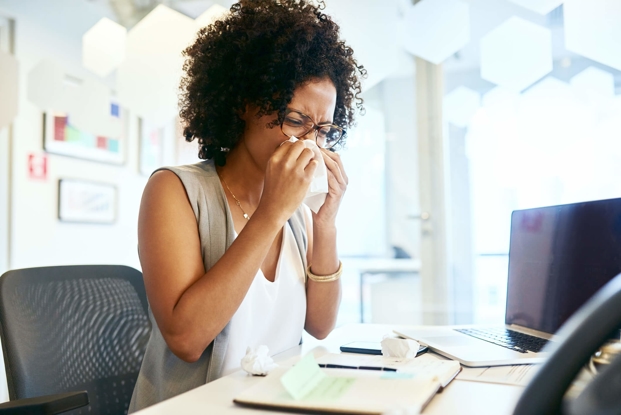Exercise and breast cancer: A healing combination
- Category: Cancer Care, Breast Care
- Posted On:

Did you know? Exercise and breast cancer are a combo that helps speed healing. If you’ve had breast cancer before, exercise has been shown to reduce the risk of recurrence. Recent research studies proved patients who stayed active before, during and after treatment had fewer incidents of their cancer returning and lower mortality rates.
The benefits of exercise don’t stop there. Similar research showed exercise can reduce side effects experienced during breast cancer care including fatigue, lymphedema, physical pain and depressed mood.
What makes exercise and breast cancer a healing mix? Exercise helps you maintain a healthy weight, boosts immunity and stabilizes hormones. Each is important in preventing breast cancer and managing the disease symptoms.
Healthcare experts agree it’s safe to exercise before and after breast cancer treatment. Simply follow safety guidelines and exercise at a low or moderate intensity. Here’s how to get moving.
Exercise and breast cancer – how to get started
If you’re interested in starting an exercise routine, it helps to begin slowly. You can build your exercise endurance over time. The American Cancer Society recommends 150 minutes of low- or moderate-intensity exercise every week. That’s only 30 minutes a day for five days a week! To determine how intense a workout is, remember that brisk walking is considered moderate intensity.
Here are suggestions for getting active:
- Build movement into your day. Finding opportunities to move your body may be easier than you think. Parking farther away from a store entrance, taking the stairs rather than the elevator or walking or biking instead of driving are all ways to move more.
- Count your steps. A pedometer is a wearable device to help track your steps. Keep track of how much you move and try to build in more daily steps.
- Fitness can be fun. Exercise doesn’t have to be boring! Choose an activity you enjoy. Dancing, hiking, walking with friends, swimming and gardening are all great options.
- Start stretching. Stretching and resistance training help protect against injury and make exercise easier. Stretch throughout the week and before or after a workout.
- Stop sitting. The more time you spend sitting, the higher your risk for breast cancer. Consider walking on a treadmill or riding a stationary bike while watching television.
Let’s get physical (and stay safe!)
Staying active helps improve your quality of life before and after cancer treatment. Your cancer treatment team can help you find an effective exercise routine with strong support services.
It’s important to get your doctor’s guidance before starting an exercise routine. Especially if you've recently been inactive, experienced an injury or had a surgical procedure. Exercise and breast cancer are a healing combination but only when performed safely.
Here are some general safety guidelines:
- Comfort is key. Exercise shouldn’t be uncomfortable. If you feel pain, are out of breath or are sick to your stomach, stop and rest. Let your body guide you.
- Follow your doctor’s guidelines. Stick to the routine and intensity level recommended by your treatment team. If you’re ready for more vigorous intensity or to try something new, make sure to let them know.
- Slow and steady. Exercise and breast cancer can only be a winning combination if you allow yourself time to adjust. Starting slow and building endurance helps prevent injuries that might sideline your healthy progress.


